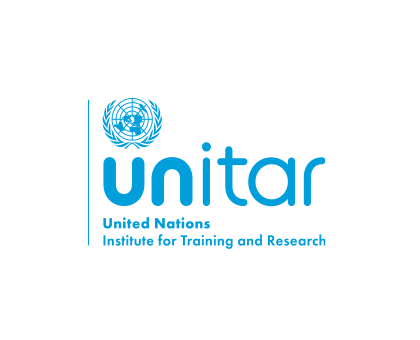
Introduction to Geospatial Information Technology for Disaster Risk Management
Ministry of Post and Telecommunication of Lao PDR
The overall aim of the course is to provide training participants with introductory concepts of geospatial information technology and geospatial methodologies for risk assessment.
Geographic locations and Information about these locations shows us where social environmental and economic conditions occur, where people at risk from natural disasters are located, how many people need assistance following a conflict and do not have access to good health care, education, freshwater or public transports. Over the last two decades Geo-spatial Information Technology (GIT) has rapidly developed and is now being also called an “enabling technology” due to the benefit it offers across different application domains. GIT can help us to analyse and to better understand why and where things have happened in the past and it can also show us why and where they might happen in the future allowing us to make informed decisions and better use of our resources.
Geospatial Information Technology (GIT) can be a very useful tool for the whole disaster risk management cycle starting from the preparedness phase, mitigation to response, recovery and reconstruction. GIT has proven to be efficient for implementing coherent disaster risk reduction (DRR) activities at regional, national and local scales. Quantifying risk and expected future losses is a key step in any disaster risk reduction program. Also, the outputs and scenarios of a risk assessment contribute to structuring overall risk reduction policies and planning. Geospatial risk assessment can be performed with GIT tools and techniques which can quantify risk and identify the locations in need of risk reduction measures. The role of GIT doesn’t stop there; in the immediate aftermath of a disaster, satellite based rapid response analysis enables the emergency response agencies to respond in a better and coordinated way.
At the end of the course participants should be able to:
- Define and describe the basic concepts and terminology related to Geospatial Information Technology (GIT)
- Apply basic methods and functionalities of GIS software (ArcGIS) to manage and analyse spatial data
- Identify, search, collect, organize geospatial data/information
- Apply GIS methodologies and tools to perform disaster risk assessment
- Explain the advantages and limitations of using geospatial information in disaster risk reduction
- Undertake the process to create desktop maps for decision support
The course will provide participants with a theoretical understanding of basic principles of GIS and Remote Sensing (RS), how to collect data using geospatial tools such as GPSs, smartphones and basic skills for spatial analysis. Participants will also be challenged to solve DRR problems by developing decision support tools
This is a full-time, face-to-face course with lectures and GIS lab exercises using GIS datasets and real case scenarios (60% lab exercises, 40% lectures and discussions). This course is divided into 5 modules. Each module is structured into 4 sessions of 1.5 hour each. The average workload per week is likely to be around 25-30 hours.
The course is designed in a way to have a balanced approach between theoretical and practical teaching methods consisting in PowerPoint presentations, live demos, videos, interactive sessions and GIS lab exercises. At the end of the course. UNITAR-UNOSAT will set up a community of practice platform to maximize the learning experience of participants and to provide all required technical backstopping and assistance to training participants during and after the training.
The course is designed to accommodate participants, who work in government sector as a public officer from a variety of backgrounds and professional experiences, with no previous GIS experience.

